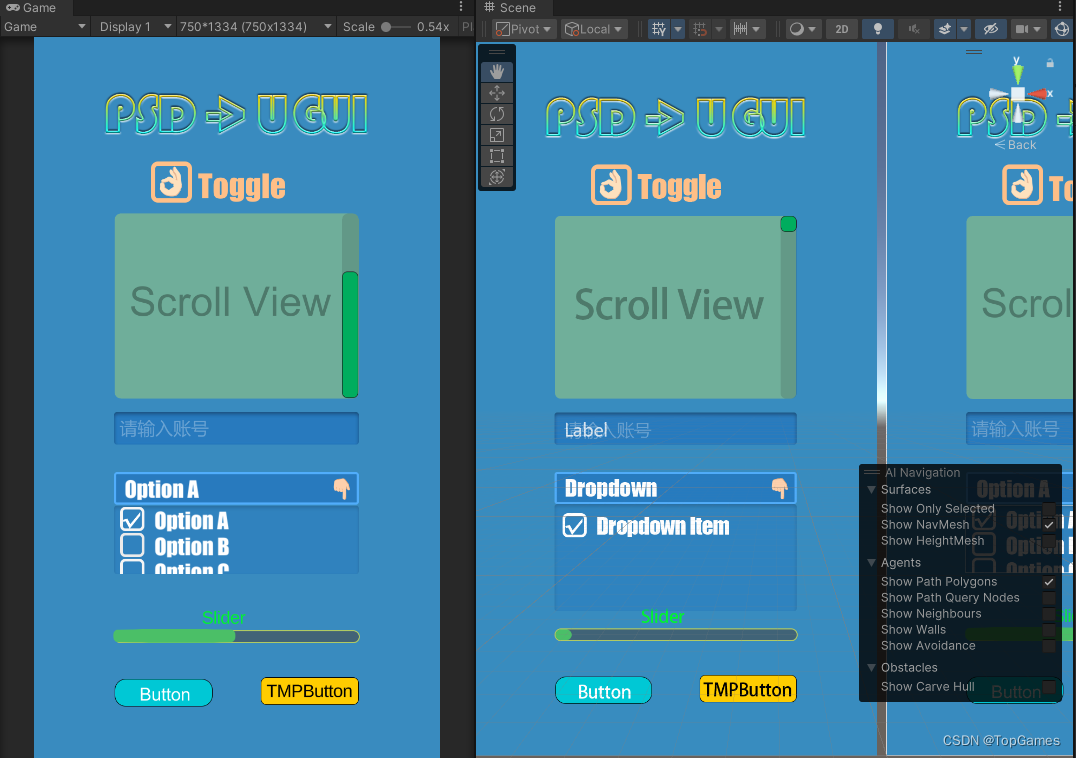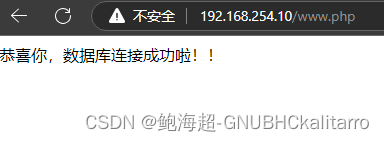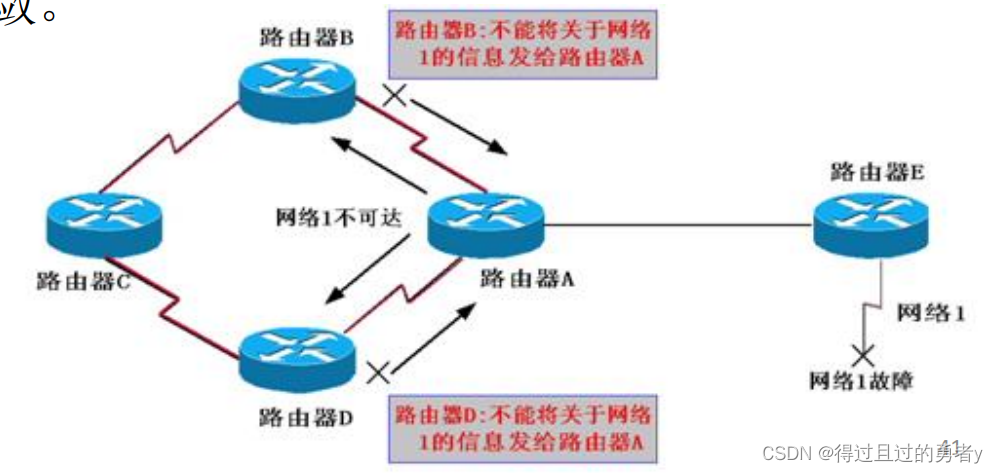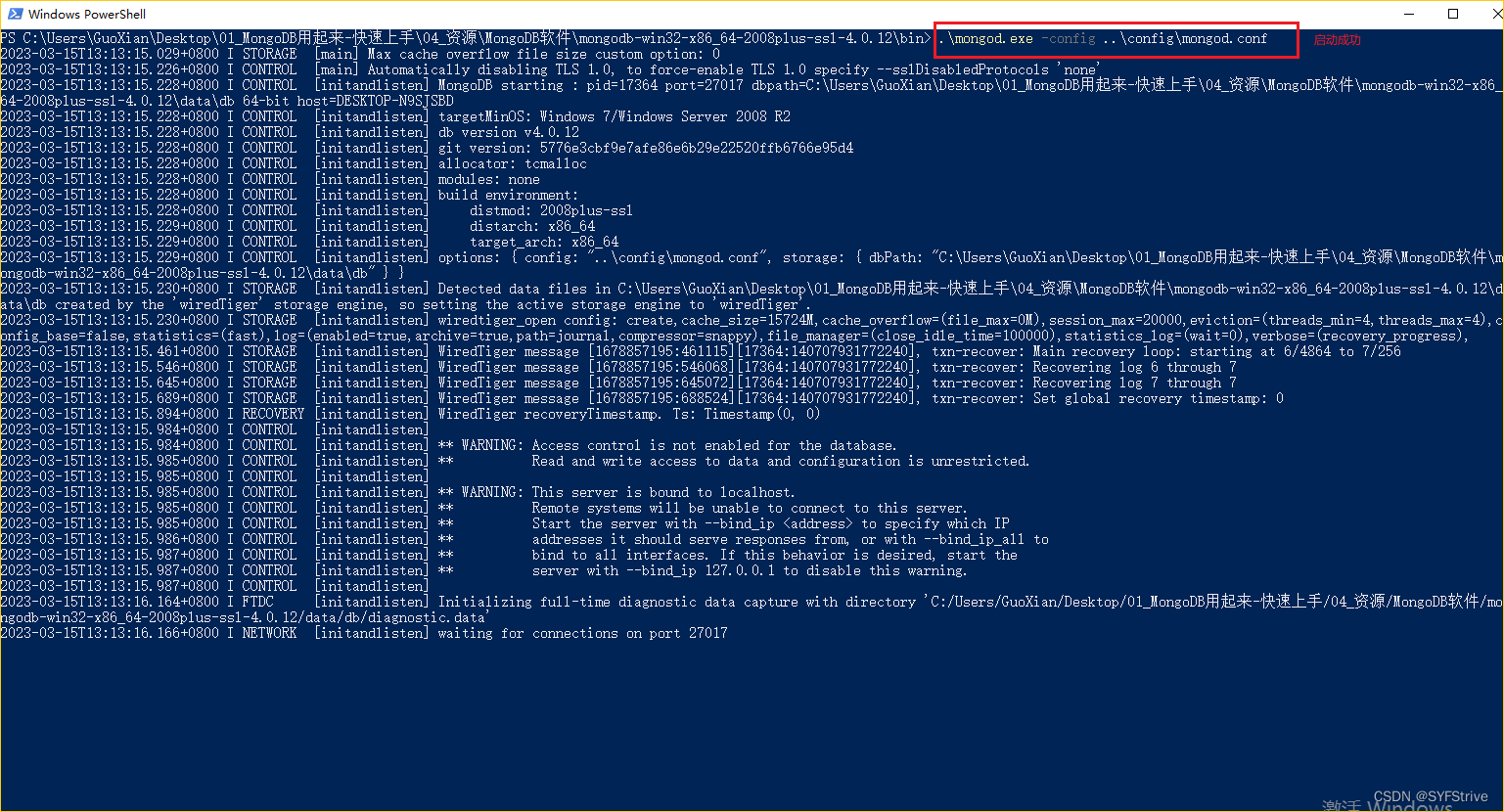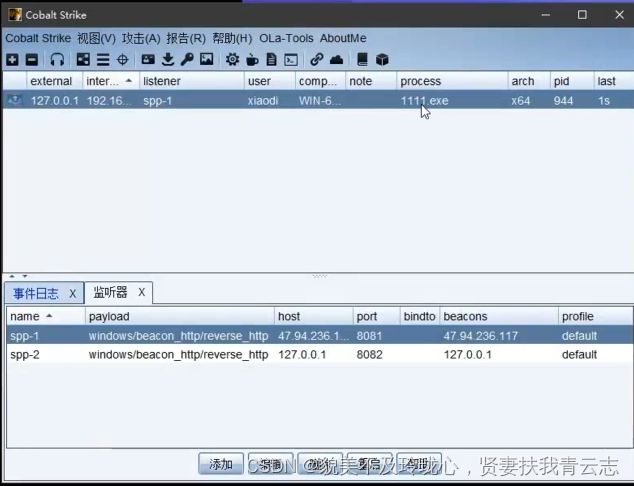目录
一、前言
二、问题背景
三、问题
四、解题思路
(1)针对问题1:
(2)针对问题2:
(3)针对问题3:
五、附上几个典型代码
(1)K-means算法
(2)遗传算法
(3)模拟退火算法
一、前言
本文是对2022 年第十二届 MathorCup 高校数学建模挑战赛D题移动通信网络站址规划和区域聚类问题的解题思路,希望能够对正在学习数学建模或者研究该类问题的读者提供帮助。作者在当届的比赛中,依据这个思路获得了本科组一等奖的成绩,可以说这个思路还是具有一定的合理性的。
附获奖证书:

二、问题背景


三、问题
四、解题思路
(1)针对问题1:
1. 可以使用遗传算法进行站址规划。将每个点看作一条基因,并将该区域内所有点的坐标以及业务量作为初始种群。根据遗传算法的步骤进行迭代,每次选择适应度高的个体进行繁殖和变异,最终得到一组规划站址的基因序列。根据规划站址的坐标可以计算出每个站址覆盖的弱覆盖点的业务量,并根据业务量的大小选择规划基站的种类。
2. 可以使用层次分析法(AHP)进行站址规划和基站选择。将站址规划和基站选择作为两个主要因素,设定一些子因素,比较宏基站和微基站在子因素上的权重,最终得到宏基站和微基站在总体上的权重比,然后根据所覆盖的弱覆盖点的业务量大小,选择相应的基站类型。
(2)针对问题2:
1. 可以使用基于遗传算法和模拟退火的混合算法进行站址规划和扇区角度的优化。将每个站点的坐标和三个扇区的角度和主方向看作基当前代的基因序列。将每个基因序列视为一个个体,对每个个体计算弱覆盖点的业务量并根据问题1的规划思路选择基站类型。然后,通过混合算法对基因序列进行优化,得到最优解。
2. 可以使用聚类算法对弱覆盖点进行聚类,然后在每个聚类区域内进行站址规划和基站选择。可以使用K-Means对所有弱覆盖点进行聚类,或者使用DBSCAN等基于密度的聚类算法。在每个弱覆盖点所属的聚类区域内进行站址规划和基站选择,使得在每个区域内选择的站点能够覆盖尽可能多的弱覆盖点并满足问题1中给定的门限条件。每个区域内不同站点之间夹角的大小需要满足问题2中给定的约束条件。
(3)针对问题3:
针对问题3,可以使用基于密度的聚类算法进行优化。DBSCAN使用密度来定义聚类,可以自动确定最佳集群数量和最佳聚类半径。基于此,可以使用DBSCAN进行弱覆盖点的聚类,从而得到弱覆盖区域,并根据每个区域内的弱覆盖点的业务量大小进行站址规划和基站选择。在每个区域内选择的站点应该能够覆盖尽可能多的弱覆盖点,并且还应该减少不同区域内站点的重叠,以最大化覆盖率并降低规划成本。
五、附上几个典型代码
这里是几个典型的算法代码(当然,不是作者在竞赛过程中使用的代码):
(1)K-means算法
以下是经典的K-means算法的Python实现代码:
```
import numpy as npdef kmeans(X, K, max_iters=10):m, n = X.shape # 获取样本数量和特征数量# 从样本中随机选择K个质心centroids = X[np.random.choice(m, K, replace=False)]for i in range(max_iters):# 计算每个样本点与每个质心的距离distances = np.sqrt(((X - centroids[:, np.newaxis]) ** 2).sum(axis=2))# 将每个样本归为距离最近的质心点所在的簇labels = distances.argmin(axis=0)# 重新计算质心的位置centroids = np.array([X[labels == k].mean(axis=0) for k in range(K)])return centroids, labels
``` 其中,X是一个(m, n)的numpy数组,表示共有m个n维样本;K是需要聚类的簇数。max_iterations是可选参数,表示最大迭代次数,默认为10次。
算法返回了每个簇的质心位置centroids和每个样本点所属的簇标签labels。
(2)遗传算法
以下是经典的遗传算法Python实现代码:
```
import random
import numpy as npdef genetic_algorithm(fitness_func, generation_size, gene_size, mutation_prob, elite_rate=0.1, max_generations=100):# 迭代代数为0generation = 0# 创建初始种群population = np.random.rand(generation_size, gene_size)# 开始迭代while generation < max_generations:# 计算适应度分数fitness = fitness_func(population)# 找到最好的适应度分数和个体(即最大化适应度)best_fitness = np.max(fitness)best_individual = population[np.argmax(fitness), :]# 打印每一代的最好适应度分数print("Generation:", generation, "Best Fitness:", best_fitness)# 选择下一代next_population = []# 选择精英个体elites = population[np.argsort(fitness)[::-1][:int(generation_size * elite_rate)]]# 将精英个体加入下一代中next_population.extend(elites)# 开始生成新的后代while len(next_population) < generation_size:# 通过赌轮选择父母parent1 = roulette_selection(population, fitness)parent2 = roulette_selection(population, fitness)# 通过交叉操作,生成新的后代child = crossover(parent1, parent2)# 通过变异操作,引入新的遗传变异child = mutate(child, mutation_prob)# 将后代加入下一代中next_population.append(child)# 更新种群population = np.array(next_population)# 增加代数generation += 1# 返回最终的最优解return best_individual# 赌轮选择函数
def roulette_selection(population, fitness):total_fitness = np.sum(fitness)selection_probs = fitness / total_fitnessreturn population[np.random.choice(len(population), p=selection_probs)]# 交叉操作函数
def crossover(parent1, parent2):crossover_point = np.random.randint(len(parent1))child = np.concatenate((parent1[:crossover_point], parent2[crossover_point:]))return child# 变异操作函数
def mutate(individual, mutation_prob):for i in range(len(individual)):if np.random.rand()<mutation_prob:individual[i] = 1-individual[i]return individual
``` 其中,fitness_func是适应度函数,用于计算种群中每个个体的适合程度;generation_size是种群大小;gene_size是个体基因长度;mutation_prob是变异概率;elite_rate是精英率,即每一代中最好的一部分个体会直接进入下一代。max_generations是最大迭代次数。
算法返回一个最优解(best_individual)。
(3)模拟退火算法
以下是一个通用的模拟退火算法Python实现代码:
```
import numpy as npdef simulated_annealing(cost_func, initial_solution, max_iterations, initial_temperature=100, cooling_rate=0.95, stopping_temperature=1e-6):# 初始温度temperature = initial_temperature# 初始解current_solution = initial_solutionbest_solution = current_solution# 计算初始成本值current_cost = cost_func(current_solution)# 迭代直到温度达到最低值for i in range(max_iterations):# 选择一个随机解next_solution = current_solution + 0.01 * np.random.randn(*current_solution.shape)# 计算新成本值next_cost = cost_func(next_solution)# 计算概率acceptance_probability = acceptance_probability_func(current_cost, next_cost, temperature)# 根据概率接受或拒绝新解if acceptance_probability > np.random.rand():current_solution = next_solutioncurrent_cost = next_cost# 如果当前解优于最优解,则更新最优解if current_cost < cost_func(best_solution):best_solution = current_solution# 降低温度temperature *= cooling_rate# 如果温度降低到阈值以下,则退出循环if temperature < stopping_temperature:break# 返回最优解return best_solution# 温度接受概率函数
def acceptance_probability_func(current_cost, next_cost, temperature):if next_cost < current_cost:return 1.0else:return np.exp((current_cost - next_cost) / temperature)
```其中,cost_func是成本函数(目标函数),用于计算解的成(目标值);initial_solution是初始解;max_iterations是迭代次数;initial_temperature是初始温度;cooling_rate是温度下降率;stopping_temperature是停止温度阈值。该算法返回最优解(best_solution)。
在模拟退火算法中,温度下降速度(即初始温度和温度下降率)是一个关键参数,因此在不同的应用场景中需要根据实际情况进行适当调整。另外,由于模拟退火算法本身是一种随机算法,因此每一次运行结果都可能不同。为了得到可靠的结果,通常会运行多次并对结果进行平均。
